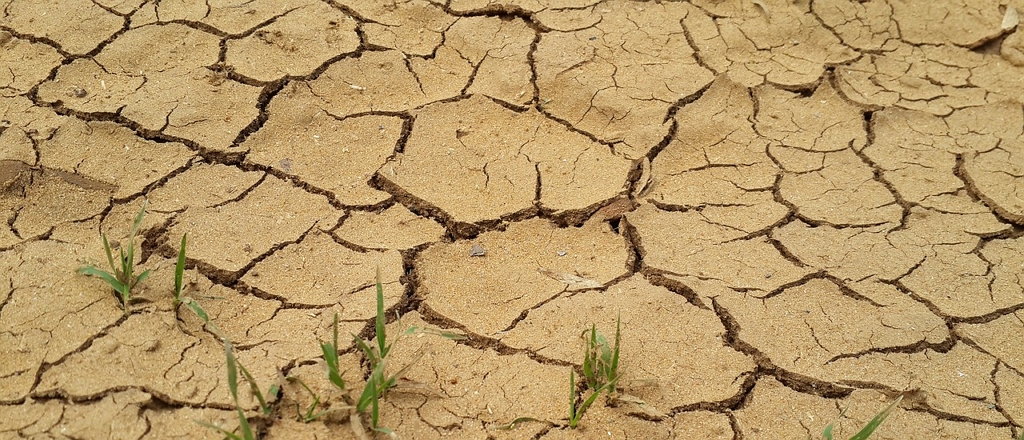Description
Drought refers to an extended period of deficient rainfall relative to the statistical mean established for a region. A drought can be characterized in several different ways depending on the impact. The National Weather Service (NWS) describes four types of drought: meteorological, agricultural, hydrological, and socioeconomic.
- Agricultural drought is the most common form of drought. It is characterized by unusually dry conditions during the growing season. It occurs when there is insufficient soil moisture to satisfy the water budget of a specific crop, leading to destroyed or underdeveloped crops with greatly depleted yields.
- Meteorological drought is an extended period of time (6 or more months) with precipitation less than 75 percent of the normal precipitation.
- Hydrological drought is based on the impact of rainfall deficits on the water supply such as stream flow, reservoir and lake levels, and ground water table decline.
- Socioeconomic drought considers the impact of drought conditions (meteorological, agricultural, or hydrological drought) on supply and demand of some economic goods such as fruits, vegetables, grains, and meat. Socioeconomic drought occurs when the demand for an economic good exceeds supply as a result of weather-related deficits in the water supply.
Location and Extent
Drought is a gradual phenomenon, and its condition occurs naturally in a broad geographic area.
History
Since 2000, the longest duration of drought in Virginia lasted 103 weeks beginning in May 1, 2007 and ending in April, 2009. According to NCEI storm events database, there were 39 drought events reported in the CVPDC from 1994 to 2019, resulting in about $13.4 million agricultural damage. There was no new drought event reported since the last plan.
The largest single drought event occurred as Bedford and Campbell fell into a one month Severe Drought (D2) on 9/1/2007. In total, the drought event affected 17 counties across southwestern Virginia, and led to $12 million in crop losses across Bedford/Campbell. The southwest portion of Campbell County had the greatest losses, with hay, grain, soy, and tobacco production falling forty to fifty percent. In Bedford County, the southern tip was most affected as hay, corn, and soy production were down 30 to 40 percent.
Plan Chapter
CVPDC HMP 2020





